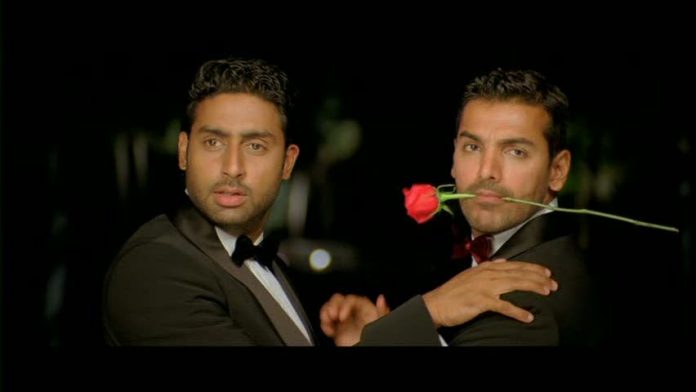Lesbian, Gay, Bisexual, Transgender, Queer, Intersex, Pansexual, Asexual as a Community form the divergent umbrella branch, which is usually shortened to the LGBTQ Community. Outcasts, the people who identified themselves as sexually fluid or ‘different’ were alienated from society in more than one way. Biases were social, cultural, political and economical in nature. However, with time and effort, education and the cultivation of better ideologies, a transition in mankind, to understand and accept sexual fluidity, took place.
Same-sex consensual sexual intercourse partakes a long journey to be finally declared a human right under national constitutions. The concept of sexual fluidity is rather recent. The United States of America achieved its status in 2015, India did in 2018, while darkness still resides for the community in many nations. Several are still in the process, revolutionizing for freedom while many are ‘too consumed’ to even take the idea into consideration.
In this timeline, popular culture plays an important role to highlight the struggles, associated stereotypes and differences in treatment. Through this study, we attempt to simplify our concepts and ideas procured through Bollywood from 2008 to the present.
2008: Dostana
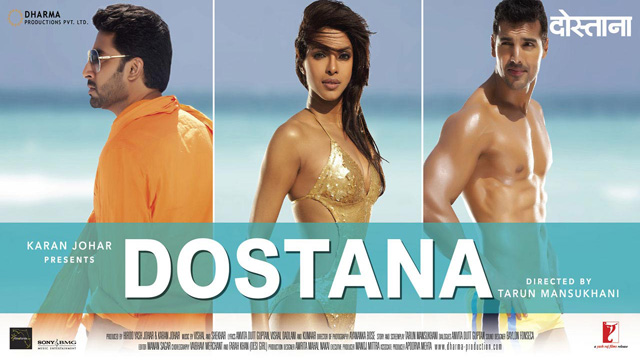
Dostana is important to this timeline because it was one of the first big-scale movies in the Indian cinema that dealt with the theme of homosexuality. It uses the elements of being gay and the stereotypes associated like in Kal Ho Na Ho, where none of the characters are really gay. While many believed the film to have set back the notions of LGBTQ struggles by years, others tend to look at it through the eyes of comedy stating that, “If you can laugh about it, you can talk about it.” The film overall fails to provide a healthier understanding of homosexuality.
2011: I AM
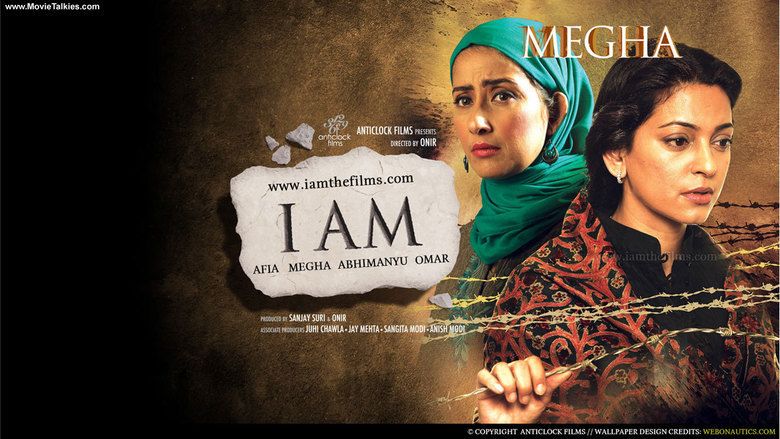
‘I am Omar’ is significant to the LGBTQ community’s representation as it talks about manipulation, humiliation, and experience associated with being gay in a country that previously criminalized same-sex relationships. The film uses the element of implicated actions to steer off nudity or bodily expressions, but paints the scenes with realism and reflect on the failure of the law to provide amnesty to them. I am was a small-budget film that received critical acclaim, but failed to reach a wide audience.
2014: Margarita With A Straw
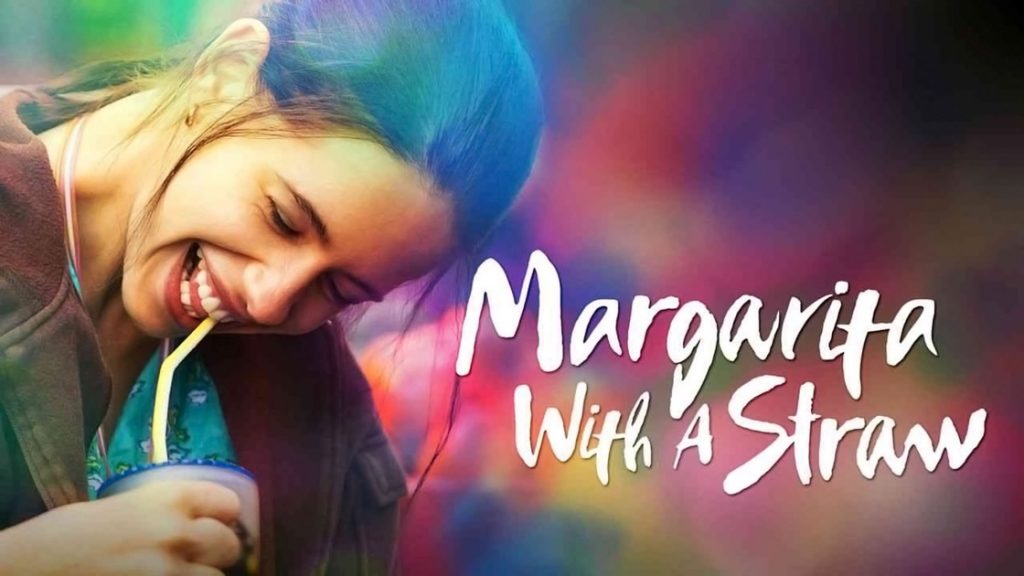
Empowering, beautiful and touching: all combine to form the sensitivity of the issues that this film deals with and bids to clarify. The film explores the bildungsroman through the sexual inclinations of a college student who also suffers from cerebral palsy. Dissociating from stereotypes, the film gives us insight into all aspects of her personal experiences. The film has received critical acclaim, however, one feels the realism reduces to produce an idealistic world for the protagonist. What it does is, create the space of observations unrealistic and utopian. Such instances are vibrantly noticed in the entire film and make it less educational.
However, the film becomes a must-watch for its sensitive portrayal of disability and procures the simplest image of ordinary life.
2015: Aligarh
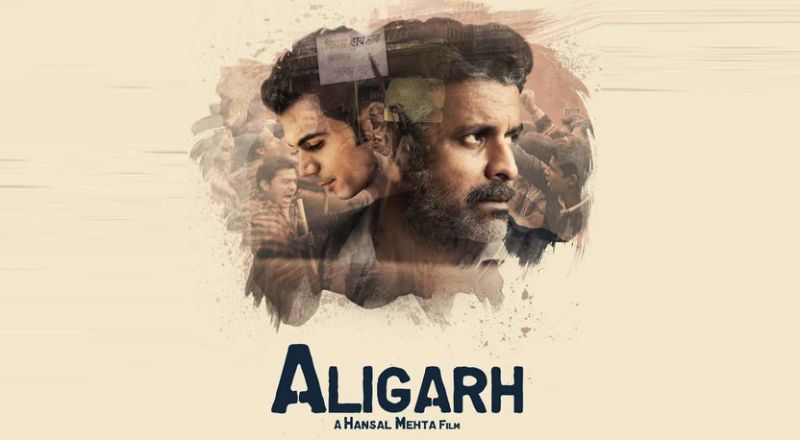
Aligarh is based on the real-life ordeal of a 64-year-old professor. He was suspended by the Aligarh University for a homosexual act of intercourse that was captured by the media. Decriminalizing homosexuality is an underlying message but the film essentially revolves around companionship and loneliness. How love is truly an abstract thought, and how giving it a name ruins the emotion, brings forth a cultural understanding of homosexuality, straight from the value system of a man, who is unbothered by western idols. This aspect, makes the film, all the more beautiful and important to watch.
2018: Ek Ladki Ko Dekha Toh Aisa Laga
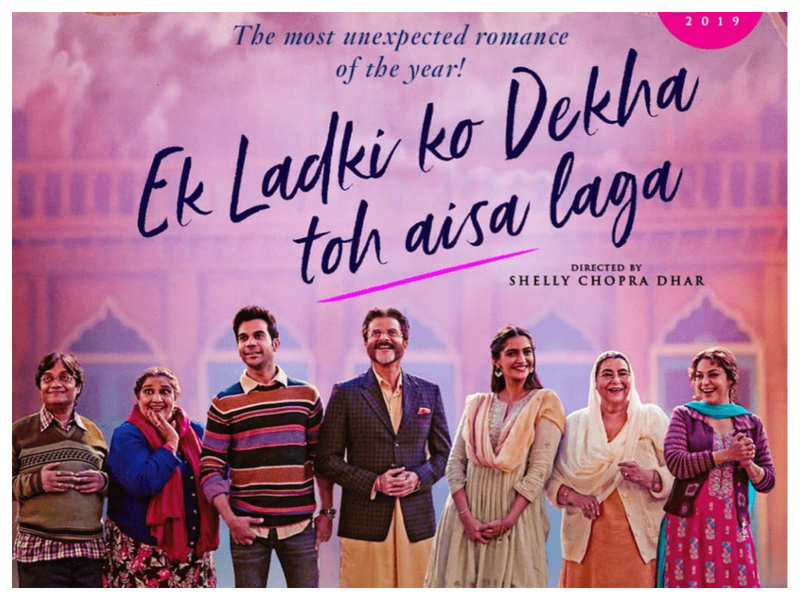
One of the very few Indian productions that bring lesbianism to Bollywood, the film lacks in their true representation. What made the film stand out, was the industry’s stars coming together in support of the fluid sexual identity of a small-town girl who wishes to surpass the set boundaries and discover her sexual identity. Its reception by the audience was slight, and it did not receive much critical acclaim. It was successful in making a movie that sought to do away with the prejudice against the queer community.
Through this set timeline, we observe the status of Bollywood on LGBTQ to be transformative towards creating a better communal space. However it starts off at stereotypes, the conversation has been put forward, leading up to the great verdict of September 6th, 2018. Web content on platforms like Netflix, Amazon Prime has more representation for the Indian LGBTQ and that is the only aspect one hopes that Bollywood could move towards as well.





















